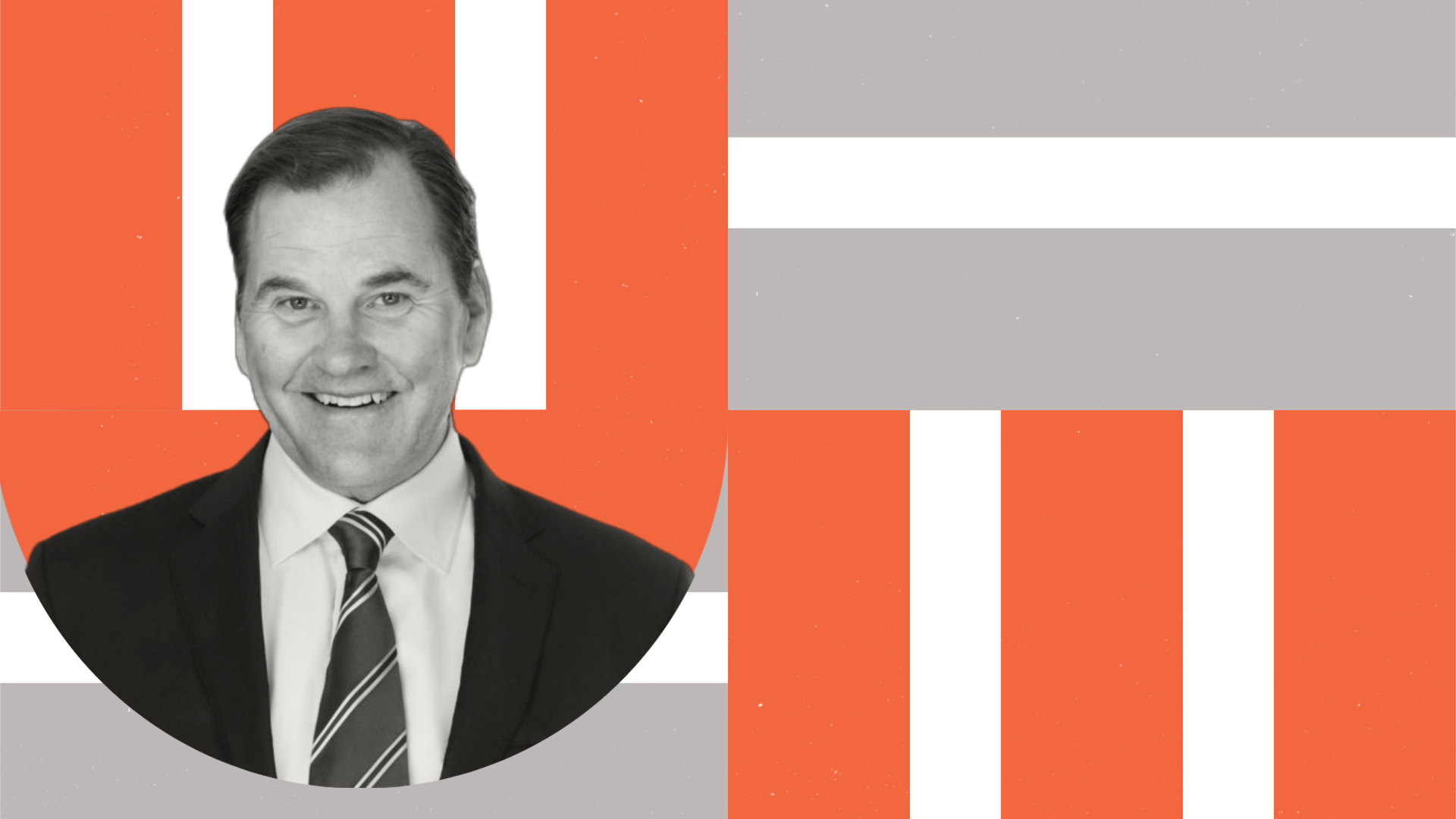 Mark Hauser, co-managing partner at Hauser Private Equity and experienced financial advisor, lends his insights about life insurance basics, resolving common misconceptions and providing advice to consumers.
Mark Hauser, co-managing partner at Hauser Private Equity and experienced financial advisor, lends his insights about life insurance basics, resolving common misconceptions and providing advice to consumers.
A professionally prepared financial plan often includes investments such as stocks, bonds, mutual and/or exchange-traded funds, and real estate properties. The plan should ideally include life insurance, a financial planning vehicle with which many Americans are familiar. Private equity principal Mark Hauser explains how life insurance works and details the life insurance purchase process.
Life Insurance Defined
Life insurance is a legally binding contractual agreement between a policyholder (often the insured) and their life insurance company. However, the policyholder and the insured can be two different entities. To illustrate, a corporation (the policyholder) can purchase life insurance coverage for its Chief Executive Officer (or CEO), who is the insured.
Throughout the policyholder’s lifetime, they pay regular premiums to the insurance company. A single lump sum premium, or regular installment premiums, meets the payment requirements. The premiums ensure continued policy coverage. Policies with larger death benefits, and those insuring higher-risk individuals, will carry higher premiums.
When the insured dies, at least one previously named beneficiary receives the policy’s “face value” or “death benefit.” To illustrate, a policy with a $300,000 face value would pay a $300,000 death benefit to the beneficiary or beneficiaries.
The Policy’s “Living Benefit” Clause
Some life insurance policies also contain a “living benefit” clause. Here, the insured may be diagnosed with a covered critical, chronic, or terminal illness. If their policy qualifies, the company will pay a portion of the death benefit while the insured is alive.
The Life Insurer’s Solvency
Private equity expert Mark Hauser highlights an often-overlooked concern: The life insurer’s financial solvency. Let’s say an individual purchases a life insurance policy. They assume the life insurance company (or “the insurer”) has sufficient financial resources to pay death benefits to the insured’s beneficiary.
However, the insurer may become financially insolvent, or the company otherwise cannot pay the claims. In this case, state guaranty funds may satisfy the subject life insurance obligations.
Two Primary Types of Life Insurance
Mark Hauser explains that life insurance applicants can select from two types of policies. Both forms of life insurance provide a death benefit to one or more beneficiaries. However, that’s where the similarities end.
Term Life Insurance
A term life insurance policy lasts for a predetermined time period and then expires. The applicant selects the term when they submit the policy application. Agents typically write term policies for 10, 20, or 30 years. Ideally, the policy will be affordable while offering a substantial amount of coverage.
Many term life insurance policies allow for annual renewals when the initial term expires. However, the renewal is based on the insured’s age on the renewal date. Therefore, the insurance premiums will rise substantially every year. Alternatively, the insured may be able to convert their term policy into a permanent policy. However, not all term policies offer this option.
Permanent Life Insurance
Mark Hauser emphasizes that term life insurance coverage differs substantially from permanent life insurance coverage. Permanent coverage is more expensive than term coverage. In addition, a permanent policy remains in force as long as the insured is alive. There are only two exceptions to this rule:
- The Policyholder No Longer Pays the Premiums or
- The Policyholder Surrenders the Policy to the Company
Purchasing Life Insurance: Pros and Cons
Before making a life insurance purchase decision, Mark Hauser recommends that individuals strongly consider the pros and cons of their proposed course of action. He provides a list of life insurance’s advantages and disadvantages:
5 Life Insurance Advantages
- Replaces the Insured’s Lost Income
- Reduces Stress on the Insured’s Family
- Enables a Gift to a Favorite Non-Profit
- Offers Loan Privileges (Permanent Policies)
- May Offer Tax-Deferred Appreciation (Permanent Policies)
2 Life Insurance Disadvantages
- Older, Less-Healthy Applicants Pay Higher Rates
- Most Applicants Must Pass a Medical Exam (dictates approval/disapproval decision and potentially higher rates)
8 Key Steps in a Life Insurance Purchase
The Insurance Information Institute outlines eight steps to take when making a life insurance purchase. For the best outcome, Mark Hauser recommends that individuals consult with an experienced life insurance agent during the process.
- Determine Whether Life Insurance Coverage is Necessary
- Calculate the Needed Amount of Insurance Coverage
- Choose the Primary Motivation for the Life Insurance Purchase
- Select the Best Life Insurance Type for the Situation
- Decide if One (or More) Riders are Needed for Additional Benefits
- Shop Around for the Optimal Benefit/Cost Insurance Package
- Evaluate Single-Premium vs Installment Premium Payments
- Inform the Beneficiaries of the Life Insurance Coverage




Be the first to comment on "Mark Hauser Discusses Life Insurance Coverage Basics and Key Considerations"